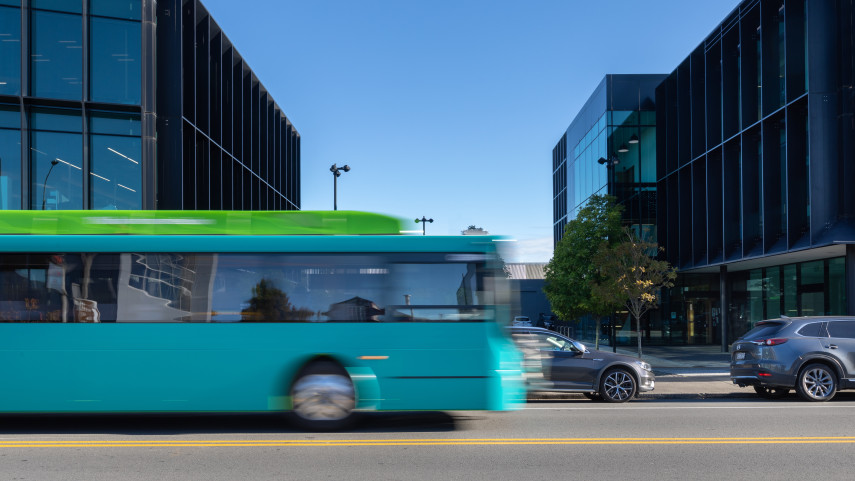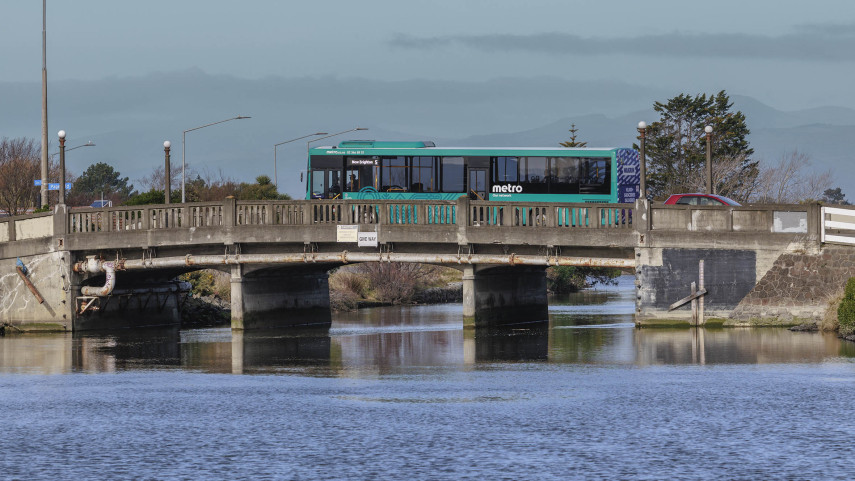Shared e-scooters have become a popular way to get around Christchurch.
Using a shared e-scooter is a great option, either for your entire journey or added onto another way of getting around.
Some people use them at the start or end of a bus or car journey, to cover the first and last section more quickly than walking.
Shared e-scooters are popular because they can make your commute easier, and you don't need to worry about parking or storage.
 Shared E-scooters are available for public use in Christchurch.
Shared E-scooters are available for public use in Christchurch.
Lime
- Contact Lime by phone on 0800 467 001 or email support+nz@li.me
- Get the Lime smartphone app(external link)
To report obstructive parking or unsafe use, we recommend using Snap Send Solve(external link).
E-scooters can be ridden on the footpath, shared paths and roadways.
On the footpath users must:
- Be careful and considerate and ride at a speed that doesn't put other people on the footpath at risk.
- Give way to both pedestrians and people on mobility devices.
When riding on a shared path, adjust your speed to suit the environment. Be aware of other users, use the bell, slow down and give them plenty of space when passing.
On the road, ride as near as practicable to the edge of the roadway.
When parking a shared e-scooter, make sure it is upright and close to the kerb edge where lampposts, signs and rubbish bins are usually placed. This means they won't block the path of people using footpaths.
Avoid parking on narrow footpaths and across entranceways, or in busy areas where there isn't enough room for people to pass.

Some tips include:
- Be aware - watch for car doors opening, left-turning vehicles, potholes, people exiting driveways and others using the pathways. Also, be aware that it will take more time to stop if you are going downhill. Wet and icy conditions require extra caution.
- Be predictable – maintain a straight line and use the bell to let others know you're around.
- Be seen – make sure the front and rear lights are working, make eye contact with others and watch out for blind zones around vehicles and corners.
- Be patient – slow down near parked or queued vehicles and when crossing driveways. Give way to people on foot, pass slowly and ride with courtesy.
- Be prepared – it is recommended to wear a helmet. Check your brakes before setting off. Become familiar with handling the scooter, and ensure you have enough room to safely stop suddenly.
- Be tram track savvy - take extra care, slow down, check there's no tram coming, and cross perpendicular to the rails.
Related news

Preparing for life in 2050
The risks and hazards posed by climate change will be discussed in the next instalment of the Christchurch Conversations series.
12 Sep 2025
News in brief from the Council meeting
Public transport improvements on Lincoln Road and Plan Change exemptions - here are the key decisions made during today's Christchurch City Council meeting.
10 Sep 2025
Government confirms funding for Pages Road bridge
Detailed design work will start next year on the lifeline route in and out of New Brighton following confirmation of $38.5 million in central government funding.
14 Aug 2025